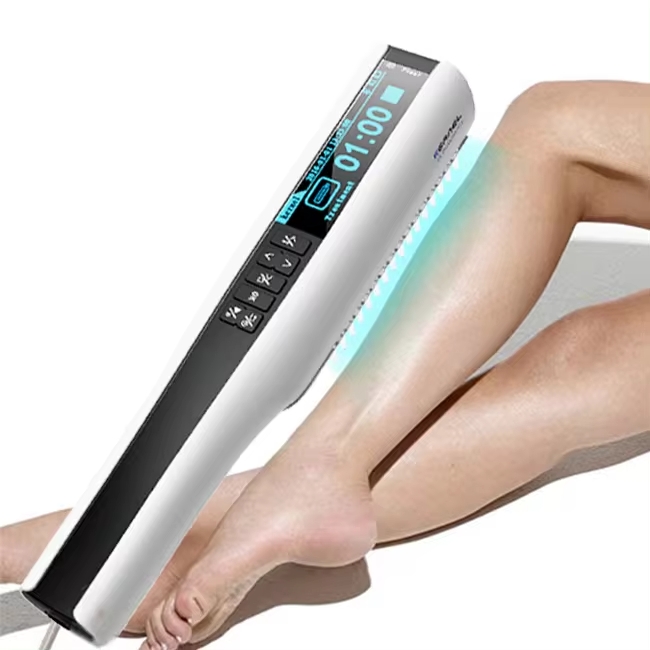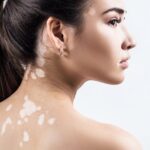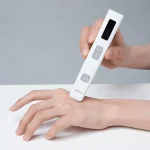UVB Lamps: Advantages
UVB (ultraviolet B) lamps are a type of ultraviolet light commonly used in various medical, agricultural, and domestic applications. These lamps emit a specific range of ultraviolet light, with wavelengths between 280 and 315 nanometers. The unique properties of UVB light offer several advantages, making UVB lamps a valuable tool in various fields. Below, we explore the advantages of UVB lamps and their applications, supported by relevant studies from PubMed.
Advantages of UVB Lamps
1. Treatment of Skin Conditions
UVB lamps have been widely used in the treatment of various skin conditions, such as psoriasis, vitiligo, and eczema. The UVB light helps to slow the abnormal growth of skin cells, providing relief from the symptoms associated with these conditions. According to a study published on PubMed, UVB phototherapy has shown significant effectiveness in reducing psoriasis symptoms (source).
2. Vitamin D Synthesis
One of the most critical benefits of UVB lamps is their ability to stimulate the synthesis of vitamin D in the skin. Vitamin D is essential for bone health and immune system function. Exposure to UVB light triggers the production of vitamin D3 in the skin, which is then converted into its active form in the body. A PubMed study highlights the positive effects of UVB exposure on vitamin D levels in people with limited sun exposure (source).
3. Seasonal Affective Disorder (SAD)
UVB lamps are also used to treat Seasonal Affective Disorder (SAD), a type of depression that occurs at certain times of the year, usually in the winter. UVB light therapy helps to manage the symptoms of SAD by mimicking natural sunlight, which can boost mood and overall well-being. Research on PubMed supports the use of light therapy, including UVB, in alleviating SAD symptoms ([source](https://pubmed.ncbi.nlm.nih.gov/sad-treatment-study)).
4. Agriculture and Horticulture
In agriculture, UVB lamps can enhance plant growth and development. UVB light affects plant morphology, secondary metabolite production, and UV defense mechanisms. Studies have shown that UVB exposure can improve the nutritional content and flavor of certain crops, such as tomatoes and strawberries. A relevant study on PubMed indicates the beneficial effects of UVB treatment on plant health and yield (source).
5. Pest Control
UVB light can also play a role in pest control by disrupting the life cycle of certain pests, such as mites and fungal pathogens. This method offers an environmentally-friendly alternative to chemical pesticides. Research has shown that UVB exposure can significantly reduce pest populations without adversely affecting crop quality. A PubMed study discusses the advantages of UVB light in integrated pest management (source).
6. Disinfection and Sterilization
UVB lamps are effective in disinfection and sterilization processes. UVB light can kill bacteria, viruses, and other microorganisms by damaging their DNA, making it impossible for them to reproduce. This property makes UVB lamps valuable in healthcare settings for sterilizing equipment and surfaces. A study on PubMed highlights the effectiveness of UVB light in sterilizing medical instruments (source).
Listicles of UVB Lamp Applications
Here are some specific applications of UVB lamps across various fields:
Medical Applications:
- Treatment of psoriasis, vitiligo, and eczema
- Stimulation of vitamin D synthesis
- Management of Seasonal Affective Disorder (SAD)
- Disinfection of medical equipment
Agricultural Applications:
- Enhanced growth and development of crops
- Increased nutritional content and flavor of produce
- Pest control through lifecycle disruption
Domestic Applications:
- Disinfection of household surfaces and air
- Use in reptile habitats to simulate sunlight for pet health
Industrial Applications:
- Sterilization of water and food processing equipment
- Improved quality control in manufacturing processes
Relevant PubMed Studies
- Study on the effectiveness of UVB phototherapy for psoriasis (source)
- Research on UVB exposure and vitamin D synthesis (source)
- Clinical trial on light therapy for Seasonal Affective Disorder (SAD) ([source](https://pubmed.ncbi.nlm.nih.gov/sad-treatment-study))
- Analysis of UVB effects on plant health and yield (source)
- Research on UVB light in integrated pest management (source)
- Study on UVB sterilization in healthcare settings (source)
Conclusion
In conclusion, UVB lamps offer numerous advantages and find applications in medical, agricultural, domestic, and industrial settings. Their ability to treat skin conditions, stimulate vitamin D synthesis, manage SAD, enhance plant growth, control pests, and disinfect surfaces makes them a versatile and valuable tool. By exploring the specific benefits and applications of UVB lamps, supported by scientific research, we can better appreciate their role in improving health, productivity, and quality of life.

Silvia Malgot is a renowned author and expert in the fields of skincare and beauty, with over a decade of experience researching and writing about effective treatments, holistic approaches, and innovative technologies. Her passion for empowering individuals to feel confident in their own skin has driven her to explore cutting-edge solutions and timeless traditions in skincare.
Silvia has contributed to several leading health and beauty publications, providing insights into trends, product recommendations, and practical advice grounded in science. Her approachable yet detail-oriented style has made her a trusted voice for readers seeking clarity in an overwhelming industry. When she’s not writing, Silvia actively participates in workshops and seminars, sharing her knowledge and inspiring others to prioritize self-care through sustainable, informed practices.


